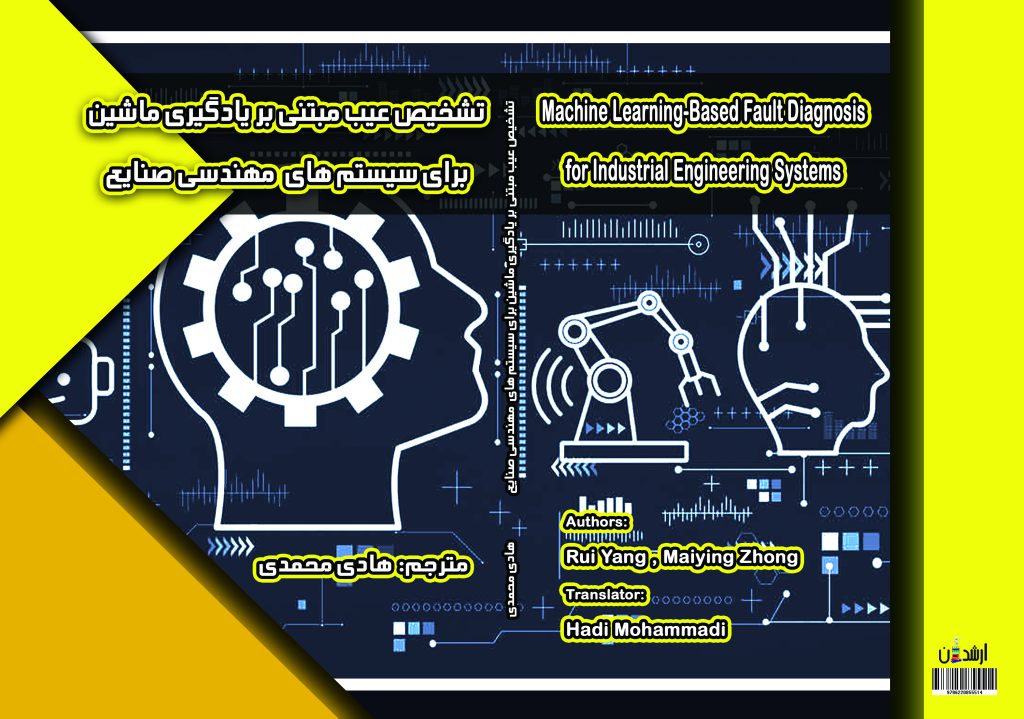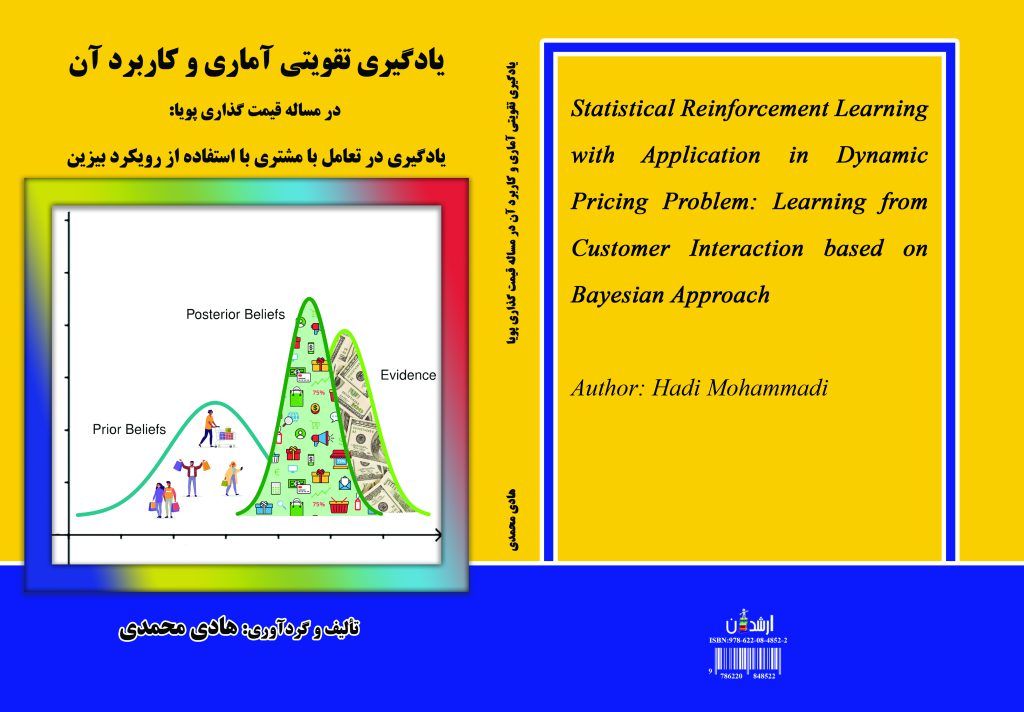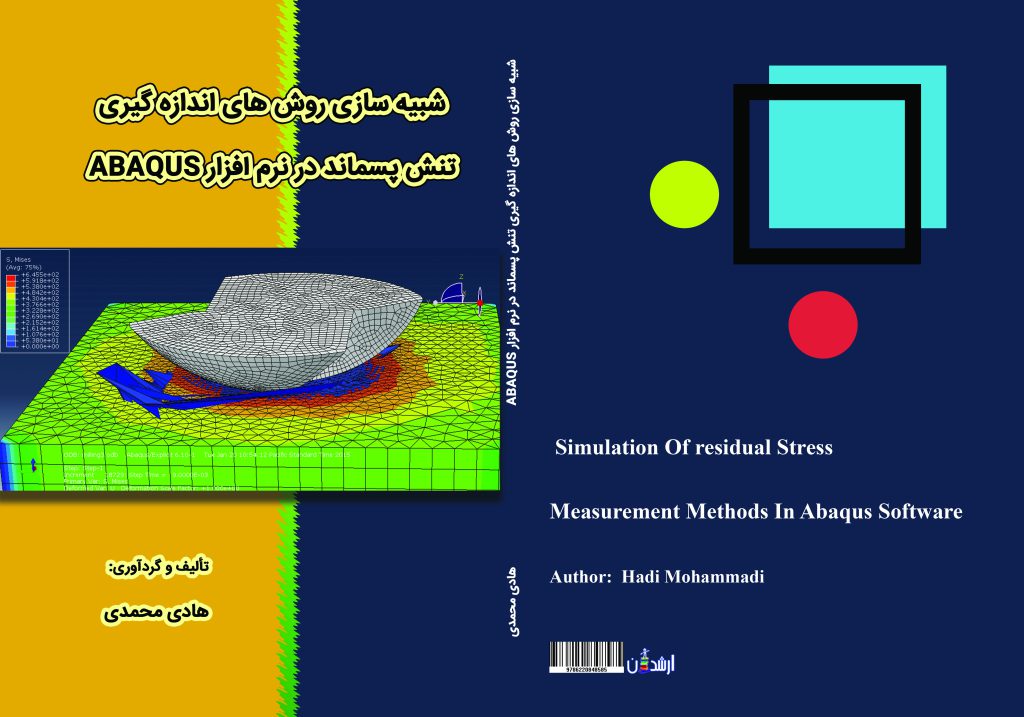| Title: Machine Learning-Based Fault Diagnosis For Industrial Engineering Systems Translator: Hadi Mohammadi Publisher: Arshadan |
 |
About the book¶
This book provides advanced techniques for precision compensation and fault diagnosis of precision motion systems and rotating machinery. Techniques and applications through experiments and case studies for intelligent precision compensation and fault diagnosis are offered along with the introduction of machine learning and deep learning methods. Machine Learning-Based Fault Diagnosis for Industrial Engineering Systems discusses how to formulate and solve precision compensation and fault diagnosis problems. The book includes experimental results on hardware equipment used as practical examples throughout the book. Machine learning and deep learning methods used in intelligent precision compensation and intelligent fault diagnosis are introduced. Applications to deal with relevant problems concerning CNC machining and rotating machinery in industrial engineering systems are provided in detail along with applications used in precision motion systems. Methods, applications, and concepts offered in this book can help all professional engineers and students across many areas of engineering and operations management that are involved in any part of Industry 4.0 transformation.
| Title: Statistical Reinforcement Learning with Application in Dynamic Pricing Problem: Learning from Customer Interaction based on Bayesian Approach Author: Hadi Mohammadi Publisher: Arshadan |
 |
About the book¶
Dynamic pricing is considered one of the essential tools for increasing revenue in companies. This adaptive pricing strategy enables companies to maximize their revenue by optimally adjusting supply and demand and controlling demand fluctuation patterns. One of the most prominent methods for developing a strategy is through demand learning. Dynamic pricing through demand learning is the science of optimal pricing, implemented in uncertain and stochastic environments using collected data. This research field consists of two branches: statistical learning and optimal pricing. In this book, an attempt has been made to determine the optimal price using the Thompson sampling method and modeling based on the behavior of strategic and myopic customers, aiming to maximize the seller’s expected revenue. The results are then compared in the presence of both strategic and myopic customers. Ultimately, it is concluded that if the seller adopts this approach and adjusts their pricing decisions based on observed customer behavior, they will achieve higher long-term revenue.
| Title: Simulation of Residual Stress Measurement Methods In Abaqus Software Author: Hadi Mohammadi Publisher: Arshadan |
 |
About the book¶
Residual stresses are self-equilibrating stresses that exist even when a component is not subjected to any external load. These stresses can either reduce or increase the load-bearing capacity of a component and are commonly present in most parts. Residual stresses arise due to various factors and can develop at all stages of manufacturing, assembly, and operation. The most important method for determining residual stresses is measuring them using one of the laboratory techniques, which are classified into destructive and non-destructive methods. Destructive methods include central hole drilling, incremental hole drilling, slotting, contour method, layer removal, and others. Non-destructive methods include X-ray diffraction, neutron diffraction, photoelasticity, ultrasonic, magnetic, nanoindentation, and more. In this study, after defining residual stresses, examining their causes, and categorizing them, various measurement techniques are introduced. A brief review of different residual stress measurement methods is conducted, followed by an in-depth analysis of layer removal, slotting, contour, ultrasonic, magnetic, and nanoindentation methods. Special attention is given to the nanoindentation method, which has recently gained interest among researchers. In this method, samples with and without residual stress are subjected to nanoindentation tests at specific penetration depths, and residual stresses are calculated using theoretical stress measurement models. Furthermore, residual stresses in aluminum 2024 were measured using the newly developed nanoindentation technique. Initially, residual stresses were introduced into the component, and the resulting residual stresses were computed based on governing theoretical relationships. Finally, pre-stressed and stress-free samples were simulated using the finite element software ABAQUS, and the obtained results were presented.